Holly Pests and Diseases: How to Identify and Treat Them
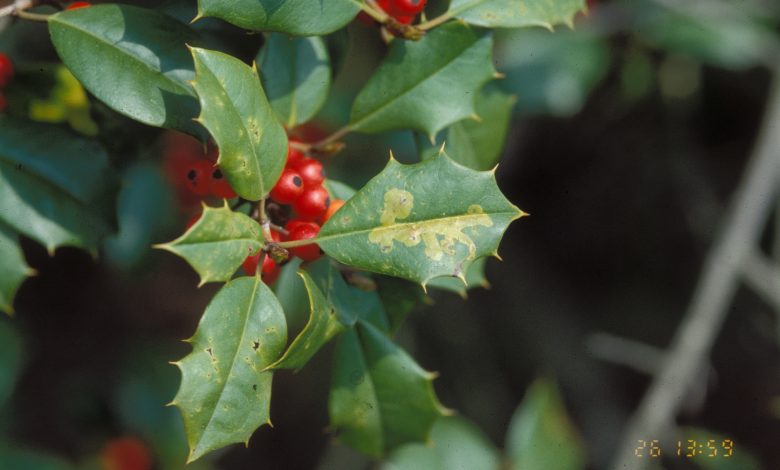
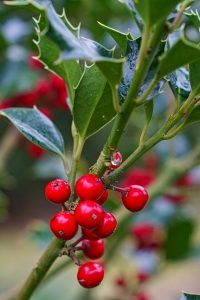 Who doesn’t love to see the beautiful holly plant with its red berries every winter?
Who doesn’t love to see the beautiful holly plant with its red berries every winter?
This plant, a Christmas icon, is one of the ones that generates the most emotion due to its meaning throughout the year, so what we most want is for it to be in perfect condition.
The problem is that there is always some agent out there wanting to enjoy its advantages, but with other objectives that are not consistent with ours.
And to deal with them, the first thing is to know what the holly pests and diseases are and then work to combat them.
Here we will talk about it and you are our guest of honor, so let’s go ahead.
root rot
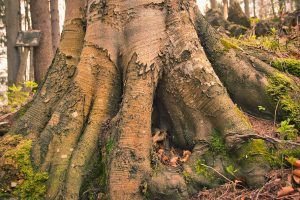 It is a disease that occurs due to the attack of a fungus from the roots of the plant, generally when it is planted in pots.
It is a disease that occurs due to the attack of a fungus from the roots of the plant, generally when it is planted in pots.
The situation is generated by the use of poorly drained land and an erroneous irrigation practice, which causes waterlogging.
The manifestations that the disease is occurring are evident in the neck of the plant, which begins to look in poor condition from the base. The leaves will also show changes, turning yellow or brown as a sign of drowning.
The action in this case must be preventive, avoiding excessive watering and taking care that puddles do not form at the base of the plant.At a corrective level, what can be done is not very effective. The first thing would be to apply a transplant to a pot with well-draining soil.
The use of fungicides is beneficial, but your response will very much depend on how advanced the disease is.
Sometimes, when the symptoms begin to be noticed in the aerial part, it is because there is not much more to do and you will have to leave it.
leaf miner
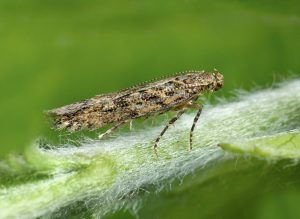 This is a very frequent insect in crops and that presents greater damage when it is in the larval stage.
This is a very frequent insect in crops and that presents greater damage when it is in the larval stage.
These larvae penetrate the internal parts of the plant creating galleries that cause internal weakening.
In the leaves of the holly it is possible to detect more quickly when it causes damage because the leaves are shown with yellow or brown lines.
Normally these lines are located near the midrib of the leaves. To combat the leafminer it is necessary to apply a treatment with an insecticide appropriate for this mission.
In addition, all leaves that have been damaged must be removed and discarded from the plant, preferably by burning them. In this way you will prevent them from reaching other areas, both from the same plant and from other neighbors.
cankers
 When plants are established in areas where they do not receive ideal growing conditions, cankers can appear.
When plants are established in areas where they do not receive ideal growing conditions, cankers can appear.
These are manifested in the stems where sunken areas are generated on the stems, taking away all the vitality.
As it is due to the attack of a fungus, it is essential to ensure that the plant enjoys a good internal flow of air, thus reducing internal humidity.
It is possible to apply fungicides to combat the fungus and recover the plant, but the damaged parts must be pruned and burned so that it does not spread.
Chlorosis
 Chlorosis is a disease that manifests itself when plants have a low level of iron and, in this case, it is something that can be very bothersome.
Chlorosis is a disease that manifests itself when plants have a low level of iron and, in this case, it is something that can be very bothersome.
The reason is that holly is characteristic for having dark green leaves that contrast exceptionally with its small red fruits.
The problem is that chlorosis causes the leaves to turn pale green and may even turn yellow when left untreated.
All this leads to the plant not looking as pretty as you would like, so you need to attack by all means. You can carry out a special fertilization with a product that is rich in iron, which will make it easier to solve the situation.
It is also possible that the fact has been generated because the soil has a very high level of acidity, so you will have to carry out a review.
aphids
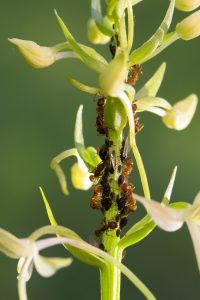 Before the arrival of heat and high humidity conditions, aphids begin to appear and it is a fact that holly trees will not go unnoticed.
Before the arrival of heat and high humidity conditions, aphids begin to appear and it is a fact that holly trees will not go unnoticed.
They have a diet based on the consumption of plant sap, which implies a significant reduction in its energy level.
In turn, the syrupy substance that it excretes is attractive to other species of insects and to the feared fungus of the bold.
Aphids can be attacked in several ways. For example, the introduction of ladybugs helps to counteract the problem as they are natural predators.
Another very effective formula is to apply a cleaning of the leaves with the help of potassium soap or neem oil, depending on what you have available.
To ensure aphids are causing damage, check the underside of the leaves and see if there are any black bugs moving around. In some cases, aphids could also be green or yellow.
tar point
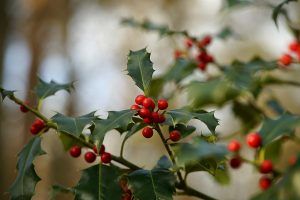 It is a disease that begins to manifest itself with the presence of a series of spots on the leaves, which are first seen as yellow.
It is a disease that begins to manifest itself with the presence of a series of spots on the leaves, which are first seen as yellow.
Later, these spots turn brown to end in a distressing black color. As a result, the leaves fall off.
It is very difficult to combat the tar point with common treatments, so it is necessary to address the situation with useful fungicides for this type of fungus. In any case, the infected parts must be removed immediately and burned to avoid further damage.
You must attend to the pests and diseases of the holly so that they do not end up killing your specimen. A very useful alternative to prevent damage from happening is to ensure that they have the correct growing conditions in all aspects.
This means: a ventilated space, illuminated and with the corresponding care. That is, relying more on preventive issues than corrective ones because, in certain cases, the only thing you could do is discard the plant.
Bibliographic references
- Ilex aquifolium L, R.Y. Cavero-Remon – 2018 – dadun.unav.edu
- Ilex aquIfolIum forests, MSA Algarra – jolube.net
- Dynamics of the regeneration of acebedas (Ilex aquifolium L.) in the center of the peninsula, SA Algarra – Ecosystems, 2002 – revistaecosistemas.net
- Forests and wooded masses, AR Rodríguez – the environment, 2003 – centro.edu.xunta.es
- Conservation of plants of forest interest, A Troncoso de Arce, M Cantos, J Liñán Benjumea… – 2010 – digital.csic.es


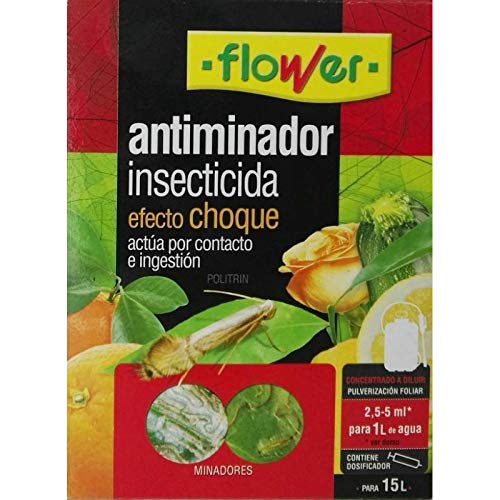

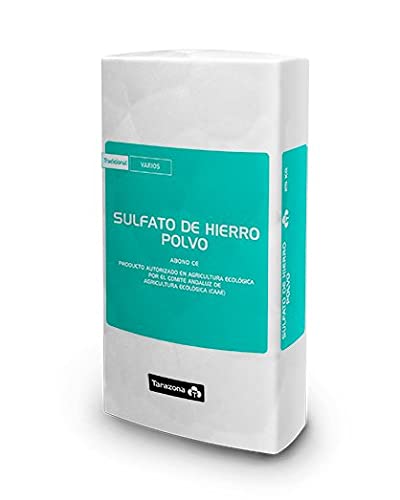
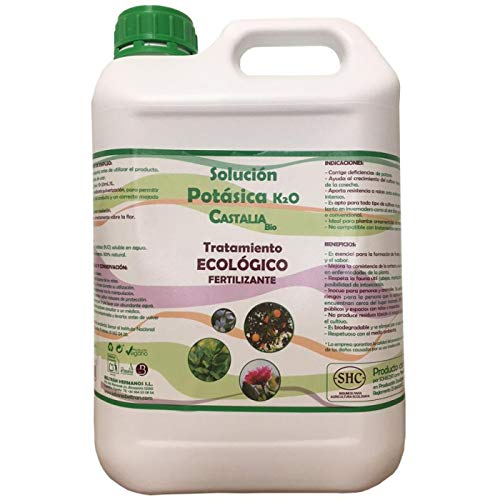
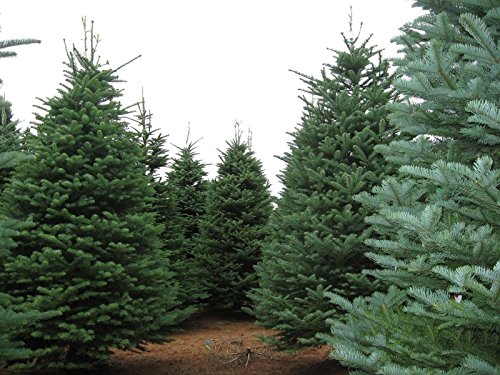

![Photo of The Verbena Plant: [Planting, Care, Irrigation and Substrate]](https://www.complete-gardening.com/wp-content/uploads/2022/08/the-verbena-plant-planting-care-irrigation-and-substrate-390x220.jpg)
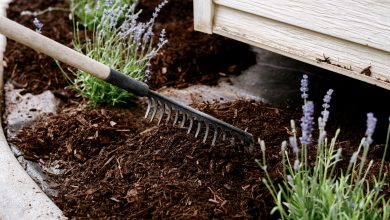
![Photo of Plant Cell: [Definition, Characteristics, Types and Importance]](https://www.complete-gardening.com/wp-content/uploads/2022/08/plant-cell-definition-characteristics-types-and-importance-390x220.jpg)